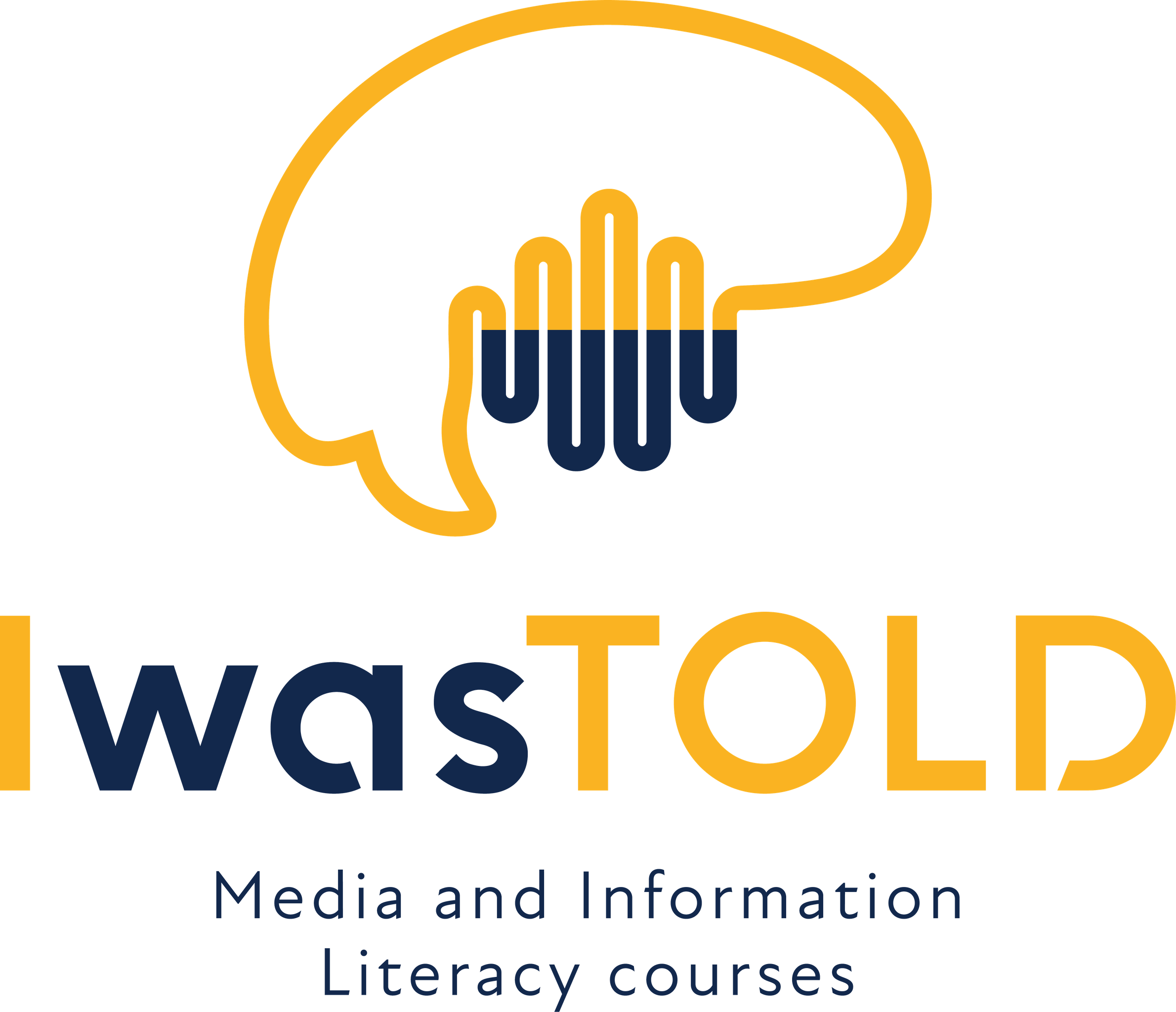3. CLASSICAL AND DATA STORYTELLING
-
Storytelling: narrative structures7 Topics|4 Quizzes
-
Language of media6 Topics|3 Quizzes
-
Storytelling With Data II. - Digital investigations in an era of data-driven journalism7 Topics|4 Quizzes
-
Infographics - Present statistics beautifully7 Topics|3 Quizzes
-
Charts in a website - Hack web developer tools for your stories7 Topics|3 Quizzes
-
Introductory to lesson
-
Creating a website is a personal way to become involved in a subject as well as a creative gesture
-
Make the most compatible as possible subject and aesthetic of your website through Google Sites
-
How be professional and have validity in publication?
-
Final Exercise of the whole lesson
-
Feedback on exercise
-
Additional learning material
-
Introductory to lesson
-
Online GIS6 Topics|2 Quizzes
-
Media analyses8 Topics|4 Quizzes
-
Using Piktochart to create infographics7 Topics|3 Quizzes
Participants14
Assignment
You have successfully completed three tasks and quizzes. It’s time to put your knowledge more into practice through the following exercise, which consists of several steps and results in a new material – created by you! Hence you can use it in your student or professional activities.
The challenge
Even the greatest film directors are learning from the others. Taking inspiration from older pieces of motion pictures, paintings, or literature does not contradict originality. On the contrary, it supports new ideas to flourish. In this chapter you have explored various techniques and tools that can make films, but also other audio-visual pieces, more visually appealing, convey various (even hidden) meanings, and help tell the story in another and unique way. What seems to be just a small detail, can significantly influence perception of the story and its impact on the viewer. For example, if many black and white films were colourized, they would lose more or less from their identity. It’s because their authors would use different techniques and tools to convey meanings and tell the whole story if the film was in colour.
Knowing the theory is important, but putting it in the practice helps find out how the tools and techniques to convey the meaning really work and can be combined, which ones do really fit your storytelling style, or which ones would help your film or video be better perceived by the target audience (and thus have a bigger impact). Then it’s much easier to pass on that knowledge more effectively to others or create better audio-visual products. Now it’s your turn to utilize your new knowledge and produce a short video that you could use afterwards.
Several steps to complete the challenge
First, get inspired. Choose your favourite film and list special techniques and tools used to create it. Are any of them characteristic for the style of the director of that film?
Then, choose the subject that you would like to present and type of short video to produce – e.g. documentary, educational, awareness-raising, or promotional. If you have already created it during an exercise under course on the topic of “Storytelling: Narrative structures”, you can use step-outline or screenplay as a foundation for the video. Otherwise this preparation is not needed, but you can elaborate a synopsis (a brief summary of the subject) voluntarily and upload it to this platform by using a button below.
The most important, shoot and edit a short video, up to 5 minutes in length. Use techniques and tools described in this course or external resources to tell the story, make the video visually appealing, and encode various messages/meanings. It is not required, but you can also add subtitles, lower thirds (graphic elements placed in the lower area of the screen), and opening and closing credits.
Finalisation
Save the final video – in MPEG-2 or MOV file format – and upload it on this platform by using the field below.
If you need help
If you are having troubles with certain steps of the exercise, please check the document in the Summary section for information that should help you complete it. If you can’t find the answer there – ask us a question in the forum.
Good luck!
